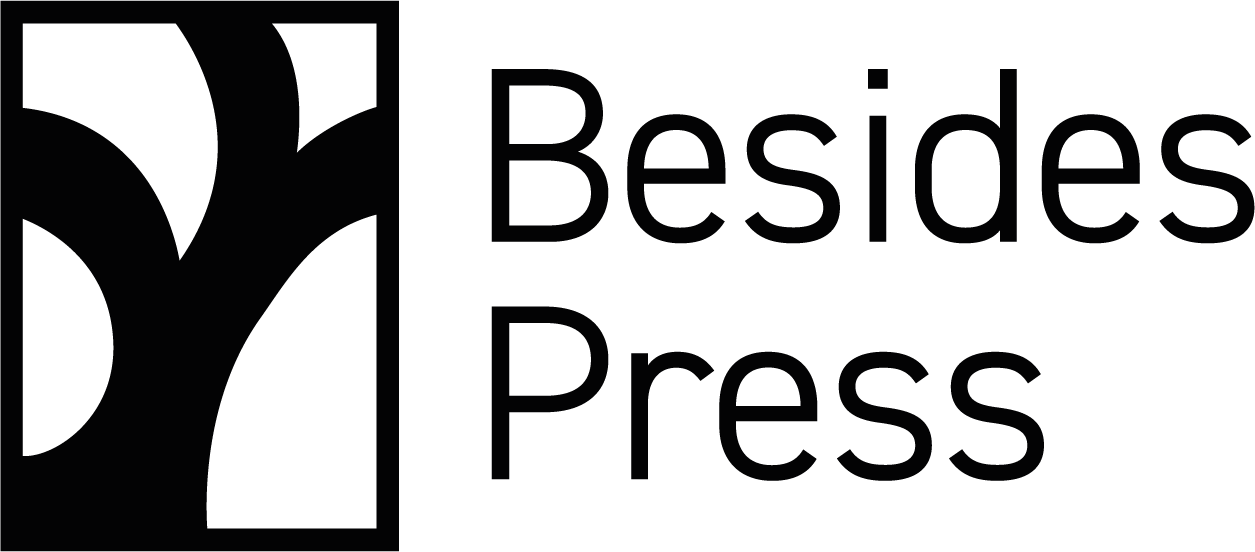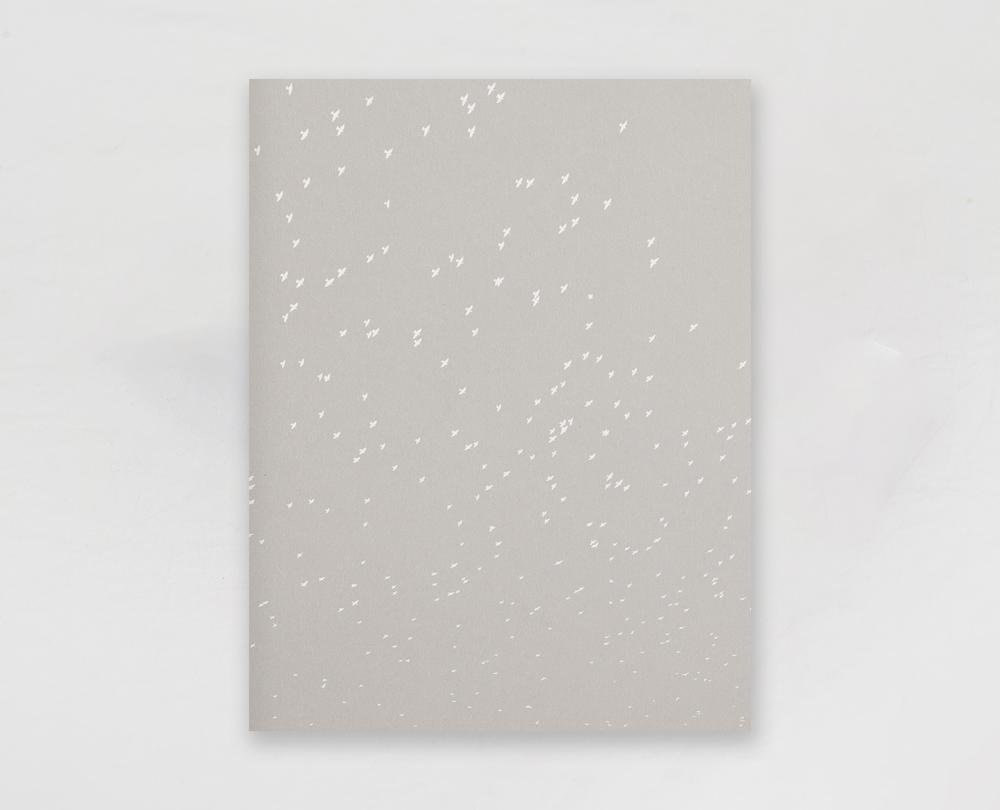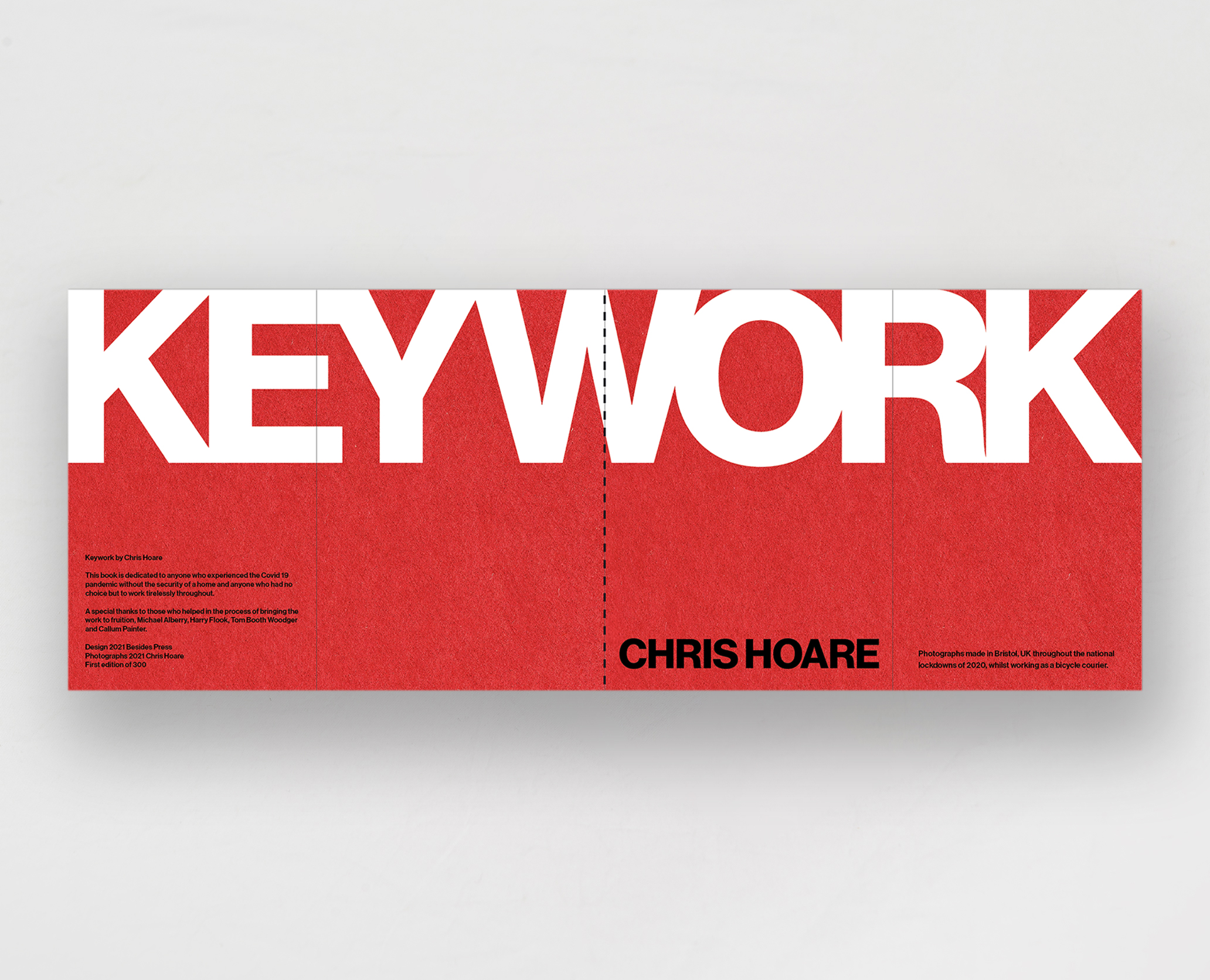Georgina MacMillan interviews Chris Hoare on his making of Keywork during the UK lockdowns of 2020
After more than a decade of photographing his native city of Bristol, Chris Hoare reacted to the events of the Covid-19 pandemic with a series of photographs, all captured from the unique position of his role as a bicycle courier. Delivering food each day on the deserted streets of Bristol, Chris offers a glimpse into the spaces and people that are often overlooked in society, introducing conversations around community, homelessness and the stratification of wealth in the city of Bristol, the blossoming spring that prevailed during lockdown and the significance of key workers throughout this time. Shot with a pace and immediacy that can only be achieved through the unfiltered lens of his point and shoot camera, Chris shares with us his spontaneous observations, offering something of a visual diary, recording life during lockdown in the UK.
In this interview Chris Hoare sits down with Georgina MacMillan to discuss the making of ‘Keywork’ and the themes that are embedded within it.
Keywork is still available for purchase via our online shop.
Image above - ©Chris Hoare, from ‘Keywork’
Georgina MacMillan: What influenced you to make Keywork?
Chris Hoare: I've been working part-time as a Deliveroo rider for almost 4 years, so as the pandemic happened, it was clear that I was going to be out there delivering food, and with this, I made the early decision to carry a camera. During this time I was glued to the news like everyone else. I became interested in the way the word 'Keywork' was being thrown around and how it was being used to describe many occupations which, until that point, went under the radar and were unrespected.
GM: Your more recent projects, such as Growing Spaces, are shot on Medium Format and on foot, what was it like shifting to use a point and shoot camera and photographing from your bike?
CH: It was a totally different way of working, and it was quite liberating to not be carrying a huge camera around. It felt very practical and allowed me to respond to what I was seeing whilst delivering the food to people's homes.
GM: Some of the people you deliver food to look relaxed and neutral, whereas others look more vulnerable and exposed, what was the motivation behind the documenting of these exchanges?
CH: It was quite an awkward thing to ask someone as they were collecting their food to allow me to take a photograph of them, almost everyone said yes and some more reluctantly than others, making for a variety of responses. It felt like an obvious thing to do as it was the main part of the job, and I was interested to see how it would work with the other things I was seeing.
Image Left - ©Chris Hoare, from ‘Keywork’
Image Right - ©Chris Hoare, from ‘Keywork’
GM: How did you approach the people whilst making your pictures? Did you have conversations with them beforehand? What did you ask?
CH: I had some sort of conversation with almost everyone in the photographs - some lasted longer than others - the ones I probably talked longest with were the homeless people that feature throughout, I'd often come back later when I got free food and drop it to them. We talked about a lot of things, but one in particular was how the pandemic had affected them, which was significant due to the streets drying up and there not being people who could give them money to live off. Many went into the hotels, but many didn’t, deciding it was better for them to stay on the street.
GM: There is a recurring theme of red and yellow tape, what does this represent?
CH: It felt like an obvious way to show an element of some of the many restrictions that were evident everywhere, I'd collect them as I saw them.
GM: I also notice a recurring theme of relating to smoke and fire, such as the photograph of the burnt-out delivery vans, are these significant?
CH: Yeah, there are a few images where fire is shown in some way. Mainly that image and another image where a children’s play area is on fire - not as obvious as the Iceland delivery vans. Both are examples of vandalism and in turn they represent a brewing trouble beneath the surface, both being evidence of awful moments of destruction. The Iceland delivery vans on fire, felt particularly ruthless.
GM: Some individuals are photographed away from any housing, such as the boy in the image below. Does he have a story?
CH: The lad pictured here is 16 and homeless, through the time I spent with him I only got a small insight into his life. He was clean from drugs after being addicted and was choosing to stay away from the hotels where the homeless were being housed. He did this so as not to be influenced by being in close proximity to others who are using drugs. He’s unrelated to the burned down pub on the opposite page, but when put together it insinuates a feeling of trouble and discomfort.
Image - ©Chris Hoare, from ‘Keywork’
GM: Throughout the work we see pictures of slogans, one reading 'community is kindness' and another reading 'Pritti Patel eats babies'. Was there a message that you felt was being portrayed through these messages?
CH: Messages and slogans seemed to be everywhere, from the government telling you what to do, to billboards being repurposed in a hope of raising public morale with positive messaging - it was weird. Then there were politicians being slandered in a dramatic way, such as the one mentioned - there were others - and this was even weirder. I collected them as I saw them and decided I would to use them in some way later on.
GM: Some of the people you photographed, particularly the homeless, appear to be quite unguarded. What were you hoping to say by capturing them in this circumstance? Did you have any concerns about the ethics of revealing them in this way?
CH: Yeah it doesn't come without a lot of consideration throughout the process of making the images - and reflecting afterwards. For me it was important to shine a light on them in some way, as they are perhaps the ones who stood out the most when the streets were deserted. But even before the pandemic and particularly whilst working on the street for so long for Deliveroo, I've had so many encounters with the homeless and it felt now was a right time to respond in some way to a problem which seems to get worse every year. They live very unguarded lives, so perhaps this is what gives it this feel. I feel as if I didn't feature them in some way, it would be ignoring a very real fact.
Image Left - ©Besides Press, book cover, from ‘Keywork’
Image Right - ©Besides Press, book spread from ‘Keywork’ with the essay by Dr Shawn Sobers
Keywork by Chris Hoare is published by Besides Press. The book is still available for purchase via our online shop.
Georgina MacMillan is a photographer about to graduate from the University of the West of England. She explores people and place in photography, taking influences from Exmoor where she grew up, and Bristol where she is studying. Her work explores themes of isolation, community and environment. Find her work on Instagram @GeorginaMacMillanPhotography.


 Murmurations (Second edition)
Murmurations (Second edition) Keywork
Keywork Every Cross On Cross Mountain
Every Cross On Cross Mountain Murmurations (First edition)
Murmurations (First edition)

